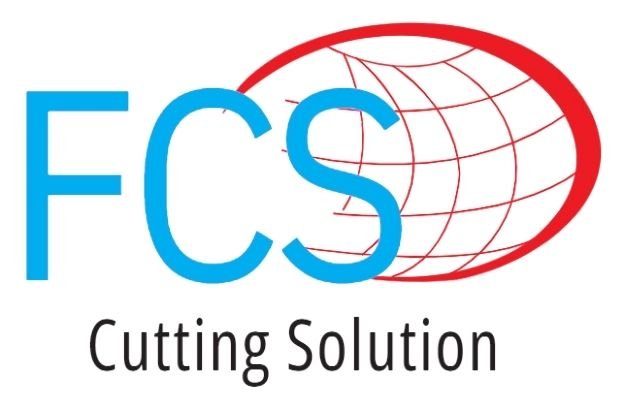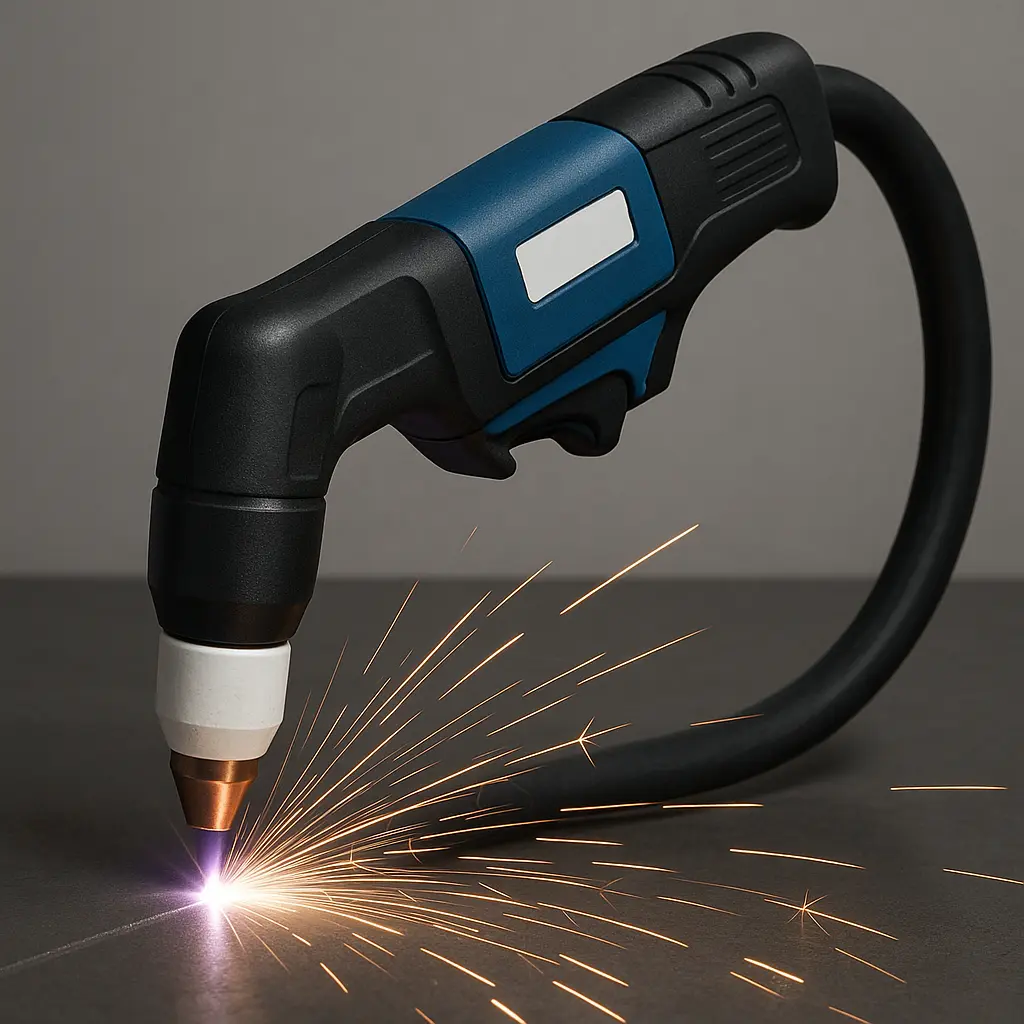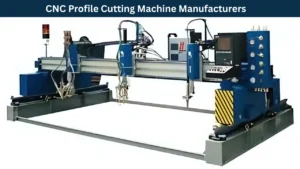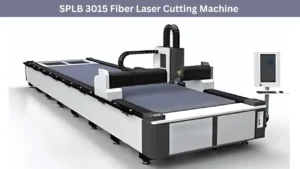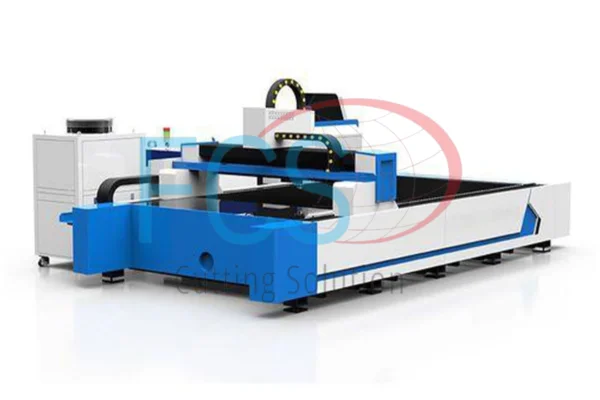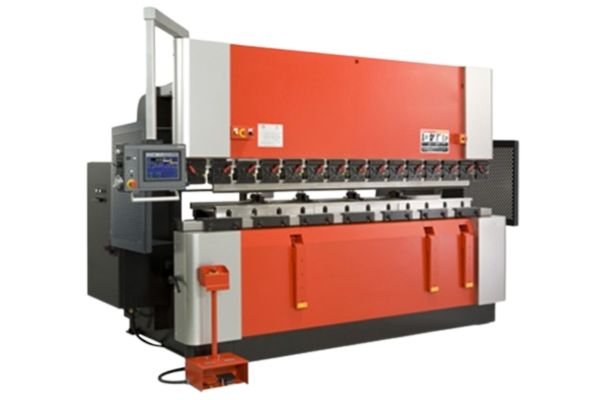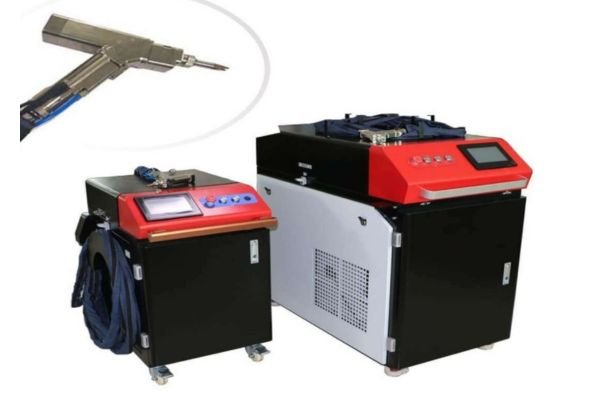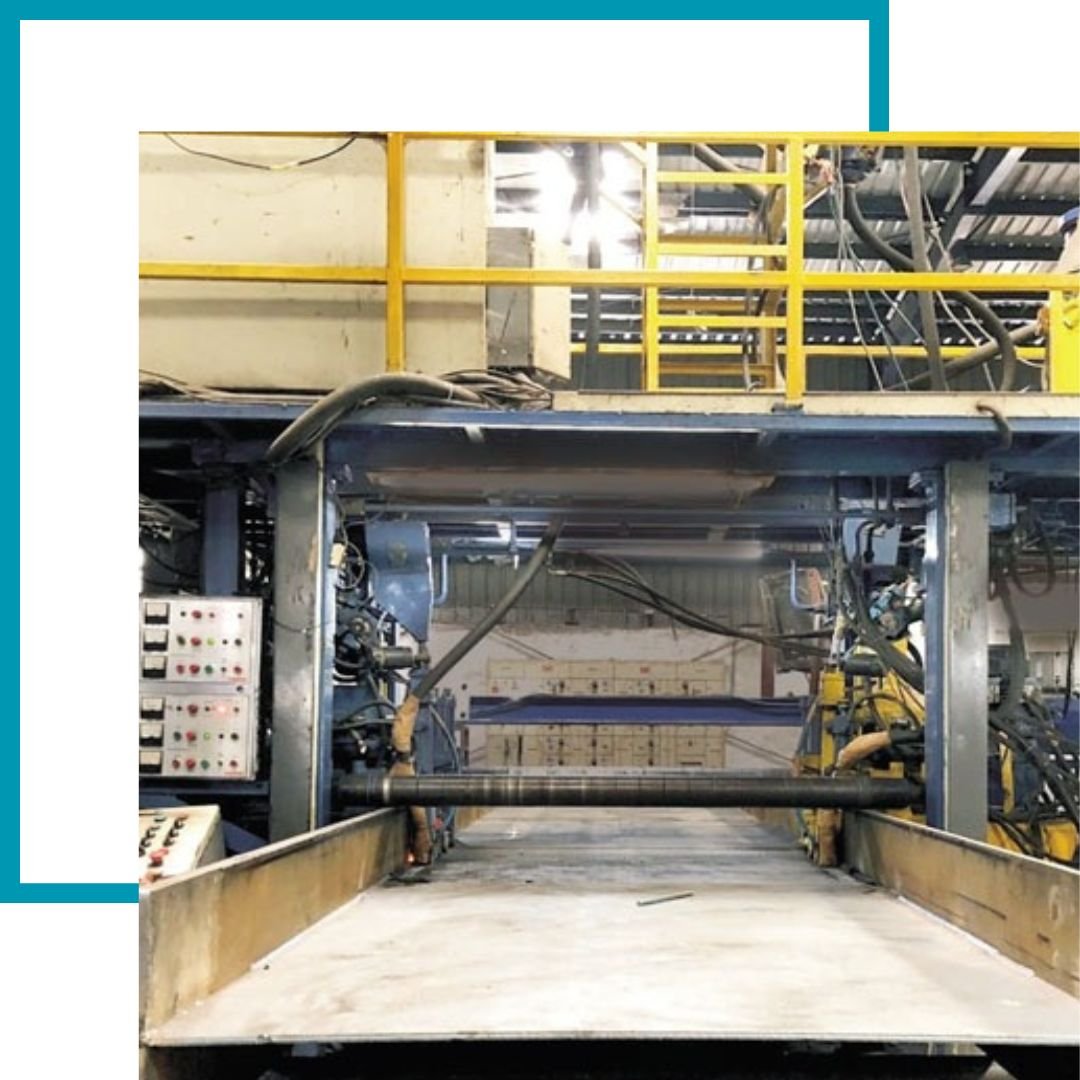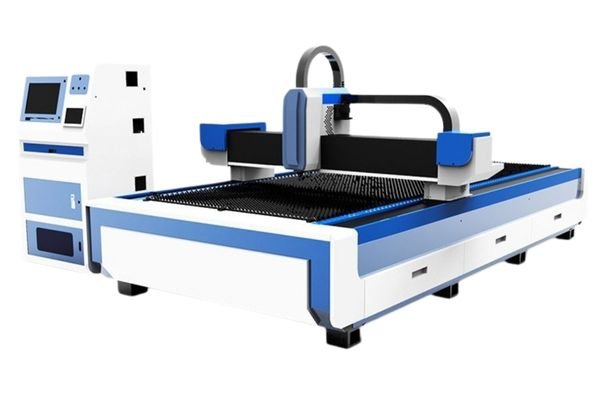In the world of metal fabrication and industrial manufacturing, precision and efficiency are essential. One of the most powerful tools that help achieve this is the plasma cutter. Whether you’re involved in heavy-duty construction or fine metal artistry, plasma cutting offers a versatile, fast, and cost-effective solution. In this blog, we’ll dive deep into what a plasma cutter is, how it works, and explore the advanced realm of CNC plasma cutting that has transformed modern fabrication processes.
A plasma cutter is a powerful tool used to cut through electrically conductive materials such as steel, stainless steel, aluminum, brass, and copper. It works by creating a high-velocity jet of hot plasma—a state of matter formed by superheating gas—to melt the metal and blow away the molten material, resulting in a clean and precise cut. Plasma cutting is commonly used in fabrication shops, automotive repair, industrial construction, and manufacturing industries due to its speed and accuracy.
CNC plasma cutting takes this process a step further by automating the movement of the torch using computer numerical control (CNC) technology. A CNC plasma cutting machine follows a programmed design to cut complex shapes and patterns with high precision, consistency, and efficiency. Operators use CAD (computer-aided design) software to create the designs, which are then translated into machine instructions that guide the plasma torch across the workpiece.
This combination of plasma cutting with CNC automation allows for faster production, minimal material waste, and superior cutting quality. Whether you’re working with thin sheet metal or thick plates, CNC plasma cutters are ideal for high-volume production and custom metalwork. It’s a go-to solution for industries that demand speed, precision, and versatility in metal cutting applications.
What is a Plasma Cutter?
A plasma cutter is a tool used to cut through electrically conductive materials such as steel, stainless steel, aluminum, brass, and copper using a high-temperature, high-velocity stream of ionized gas known as plasma. The plasma is created by heating a gas (like compressed air, nitrogen, or oxygen) with an electric arc until it becomes ionized and electrically conductive. This focused stream of plasma reaches temperatures of up to 30,000°F (16,650°C), hot enough to instantly melt metal.
Once the metal melts, the high-speed gas blows the molten material away, resulting in a clean, narrow cut. Plasma cutters are highly effective for producing quick, precise, and clean cuts, even on thick or painted/rusted materials. They are commonly used in metal fabrication, automotive repair, construction, and industrial manufacturing.
Plasma cutting can be done manually using a handheld torch or automatically through CNC plasma machines for precise and complex shapes. The key advantages of plasma cutting include faster cutting speed, minimal heat distortion, lower operating cost, and the ability to cut a wide range of conductive materials with high accuracy.
How Does a Plasma Cutter Work?
The cutting process begins when the machine creates a circuit between the plasma torch and the workpiece. Compressed gas is forced through a narrow opening, and an electric arc is introduced into this gas stream. The result is a focused jet of high-temperature plasma (reaching temperatures of up to 30,000°F or 16,650°C), which can easily slice through metals like mild steel, stainless steel, aluminum, copper, and brass.
- Power Supply and Plasma Arc Formation – The cutter is powered by an electric current. When the machine is turned on, the power supply generates a DC voltage that creates an electrical arc between the electrode (inside the torch) and the workpiece (metal surface).
- Compressed Gas Flow – at the same time, compressed air or gas (such as nitrogen, argon, or oxygen) flows through the torch. As this gas passes through the arc, it becomes superheated and turns into plasma—a fourth state of matter that conducts electricity.
- High-Speed Plasma Jet – The plasma, now reaching temperatures of up to 30,000°F (16,650°C), is forced out of a narrow nozzle in the torch at very high speed. This focused jet of plasma cuts through the metal by melting it, while the high-velocity gas blows away the molten material, leaving a clean, narrow cut.
- Torch Control and Cutting Motion – The movement of the torch may be manual (for hand-held cutters) or automated (in CNC plasma cutting machines). In CNC systems, software controls the torch path to ensure precise, repeatable, and complex cuts.
- Cooling and Shielding – Some plasma cutters include cooling systems (usually air or water-based) and shielding gas to protect the cut edge, extend torch life, and improve cut quality.
Summary – A plasma cutter works by:
- Creating an electric arc
- Forcing gas through the arc to form plasma
- Using the plasma to melt metal
- Blowing away the molten material to create a clean cut
This process is fast, efficient, and suitable for a wide range of conductive metals. It is ideal for industries that require precision cutting, such as fabrication shops, automotive repair, HVAC, and heavy machinery manufacturing.
Key Components of a Plasma Cutter
- Power Supply: Converts AC voltage into a constant DC current to maintain the arc.
- Arc Starting Console (ASC): Generates the high-frequency voltage to start the arc.
- Plasma Torch: Directs the flow of plasma and controls the cutting arc.
- Electrode and Nozzle: These wear parts form the arc and shape the plasma stream.
Applications of Plasma Cutting
Plasma cutting is widely used in:
- Automotive repairs and restoration
- Industrial manufacturing
- Metal fabrication shops
- Construction and demolition
- Artistic metalworking
- Shipbuilding and aerospace
Its versatility makes it an essential tool across many industries that rely on accurate and fast metal cutting.
Advantages of Using a Plasma Cutter
Plasma cutting has become one of the most popular methods for cutting metal in both industrial and small workshop settings. Its rise in popularity is due to the numerous advantages it offers over traditional cutting methods. Below are the key benefits of using a plasma cutter:
- High Cutting Speed – Plasma cutters can slice through metal up to five times faster than oxy-fuel cutting, especially on thin and medium-thickness materials. This means you can complete more jobs in less time, significantly increasing productivity.
- Clean and Precise Cuts – The narrow plasma arc produces a clean, smooth, and accurate cut with minimal slag or dross (molten metal residue). This reduces the need for secondary finishing processes such as grinding or sanding.
- Cuts Through All Conductive Metals – Unlike some other cutting methods, plasma cutting works on any electrically conductive material, including:
- Mild steel
- Stainless steel
- Aluminum
- Brass
- Copper
It also cuts effectively through rusted, painted, or dirty surfaces without much loss in quality.
- Minimal Heat Distortion – Because plasma cutters work quickly and produce a narrow kerf (cut width), there is less heat transfer to the surrounding metal, reducing the chances of warping or heat distortion—especially important for thin materials.
- Easy to Use – Modern plasma cutters are user-friendly, with simple controls and safety features that make them easy to operate—even for beginners. Handheld models are lightweight and portable, ideal for on-site work.
- Cost-Effective Operation – Plasma cutters use compressed air or inexpensive gases and consume fewer consumables over time. With minimal setup and lower maintenance needs, they offer excellent return on investment for metalworking shops.
- Versatile Applications – From industrial manufacturing and automotive repair to artistic metal design, plasma cutters are used across various industries. They can handle everything from straight cuts and curves to intricate shapes and patterns.
- Safe Cutting Process – Compared to oxy-fuel cutting, plasma cutting is generally safer. It doesn’t involve flammable gases and has a lower risk of fire or explosion. Many models come with built-in safety features like automatic shutoff, torch sensors, and overheat protection.
- Portability – Portable plasma cutters are compact and lightweight, making them perfect for mobile repair jobs, construction sites, or remote fabrication projects.
- Compatible with CNC Systems – Plasma cutters can be integrated into CNC (Computer Numerical Control) machines, allowing for automated, high-precision cutting of complex parts with repeatable accuracy—perfect for production environments.
What is CNC Plasma Cutting?
As industries demand more precision and repeatability, CNC plasma cutting has emerged as a game-changing technology. CNC stands for Computer Numerical Control, meaning the cutting path is controlled by computer software rather than manually operated.
CNC Plasma Cutter Explained
A CNC plasma cutter integrates a plasma torch with a computer-controlled gantry system. The machine follows pre-programmed paths based on digital design files (like DXF or DWG formats). This allows for automated, accurate, and repeatable cuts, perfect for mass production or intricate shapes.
How CNC Plasma Cutting Works
- Design the Part: A CAD (Computer-Aided Design) file is created.
- Convert to G-code: The design is converted into machine-readable instructions (G-code).
- Load into Controller: The CNC controller reads the G-code to direct the plasma torch.
- Initiate Cutting: The torch moves along the designated path, cutting the material with precision.
Benefits of CNC Plasma Cutting
- Unmatched Precision – CNC plasma machines can cut complex shapes, letters, logos, and detailed patterns with high accuracy and repeatability.
- Higher Productivity – With rapid movement and automated cutting, production cycles are reduced significantly.
- Reduced Human Error –Since the machine follows digital instructions, manual mistakes are eliminated.
- Material Efficiency – Nesting software optimizes sheet usage, reducing material wastage.
- Versatile Material Range – Capable of cutting all conductive metals in various thicknesses—from 1 mm sheets to 50 mm thick steel.
CNC Plasma Cutting vs Traditional Cutting Methods
| Feature | CNC Plasma Cutting | Oxy-Fuel Cutting | Manual Plasma Cutting |
| Speed | Very Fast | Slower | Fast |
| Precision | Very High | Moderate | Moderate |
| Automation | Fully Automated | Manual | Semi-Manual |
| Cut Quality | Clean with minimal dross | Rougher edges | Depends on operator skill |
| Operating Cost | Moderate | Low | Low |
| Setup Time | Quick | Moderate | Quick |
Where is CNC Plasma Cutting Used?
- Metal Fabrication Workshops: For signs, panels, brackets, and more
- Automotive Industry: Frame parts, custom modifications
- Aerospace and Defense: Lightweight yet strong precision parts
- Architectural Design: Decorative grills, staircases, and railings
- Heavy Equipment Manufacturing: Frames, chassis, and supports
Why Choose a CNC Plasma Cutter for Your Business?
If you’re looking to scale up your fabrication capabilities, reduce lead times, and boost precision, investing in a CNC plasma cutting machine is a smart move. These systems combine speed, accuracy, and flexibility to handle everything from one-off prototypes to full-scale production runs.
Final Thoughts
Plasma cutting has come a long way from being just a handheld tool for basic metal cutting. With the integration of CNC technology, it has transformed into a powerful, automated solution capable of handling even the most complex cutting jobs with ease. Whether you’re a small metal shop or a large-scale industrial manufacturer, CNC plasma cutting offers the efficiency, precision, and versatility needed to stay competitive in today’s market.
If you’re considering investing in a CNC plasma cutter, or want to learn more about the best machine for your needs, Fine Cutting Solution is here to help. Contact us today for expert guidance and explore our range of high-performance plasma cutting machines tailored to your business goals.
